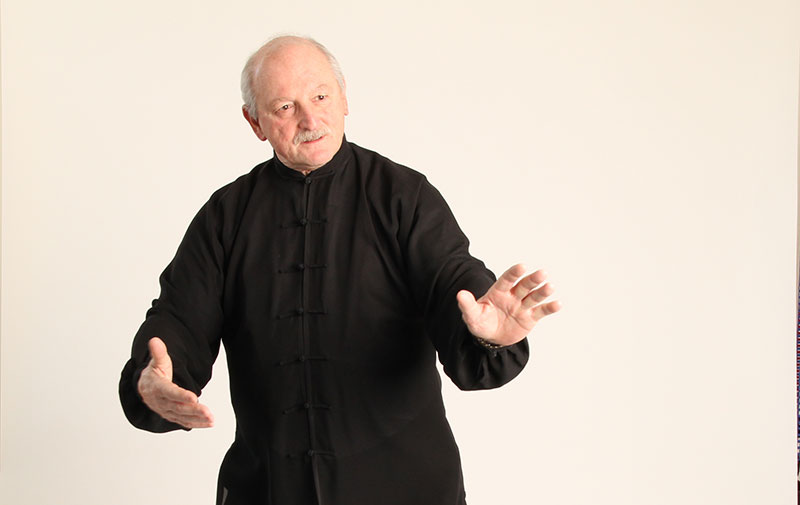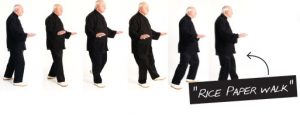Bill Hansell teaches hundreds of students in his 14 weekly tai chi classes. Many come to improve their balance. And it works. “They all say there’s a big difference,” says Hansell, who has taught in the Williamsburg, Va., area for 19 years.
Manassas, Va.-based teacher Hedy Kamai sees similar improvements in balance and overall health of her students. Tai chi helps them lower their blood pressure, overcome headaches and sleep better. “In my opinion, everyone who reaches age 55 should get a doctor’s note to have to do tai chi,” she says, only half joking.
What is Tai Chi?
Tai chi combines movement, meditation and breathing into a slow, deliberate series of moves called forms. Each move has a nature-inspired name, such as “grasp the peacock’s tail.”
According to Chinese medicine practitioners, tai chi movements help the chi, or energy, flow unhindered, leading to a balanced, healthy body. From a Western perspective, tai chi relieves stress and improves physical and mental well being through slowing down, stretching and paying attention to the mind-body connection. A typical tai chi class includes a warm up, form practice and relaxation exercises.
Tai Chi and Balance
Loss of leg strength causes balance to deteriorate as we age. Tai chi strengthens legs while improving flexibility, reflexes and range of motion, all of which aid balance.
The psychological aspect is also key. One of the greatest predictors of falling is having already fallen. “I think the biggest thing tai chi does for older people who have lost confidence in their balance is to restore some confidence,” says Hansell. One study conducted by the National Counsel on Aging found that regular tai chi practice can reduce the incidence of falls for seniors by up to 45 percent.
Static & Dynamic Balance
Tai chi trains both static and dynamic balance. An example of static balance is standing on one leg. Dynamic balance involves balancing while moving.
Hansell trains dynamic balance through a form of tai chi done with a folding fan. Some of the movements involve quickly stepping, turning, lunging and crouching, all while opening, closing and brandishing the fan.
Some of Hansell’s students come to class with canes and walkers. He’s amazed by the movements they manage to do. “My biggest surprise is how adaptable these people are. They go ahead and try, just charge ahead. They’re very proud of their accomplishments.”



